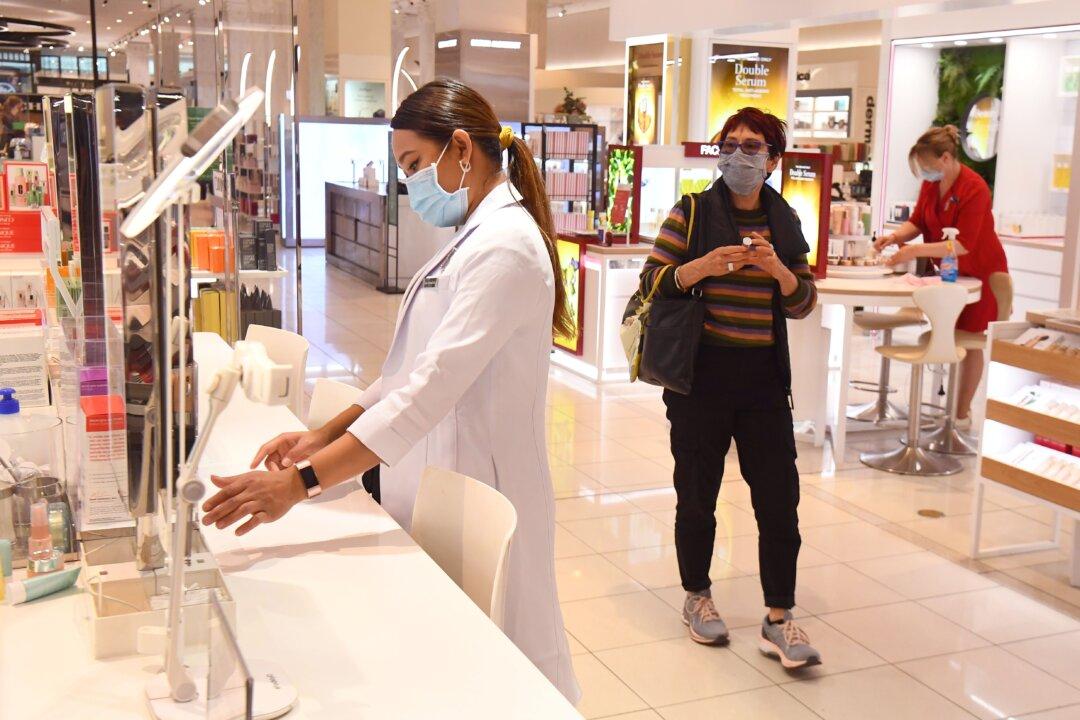The Australian jobless rate remained unchanged at a nearly 50-year low of 3.9 percent in May despite over 60,000 people getting a job.
At the same time, the Australian Bureau of Statistics (ABS) reported the underemployment rate dropped to 5.7 percent, hitting the lowest level since August 2008.





